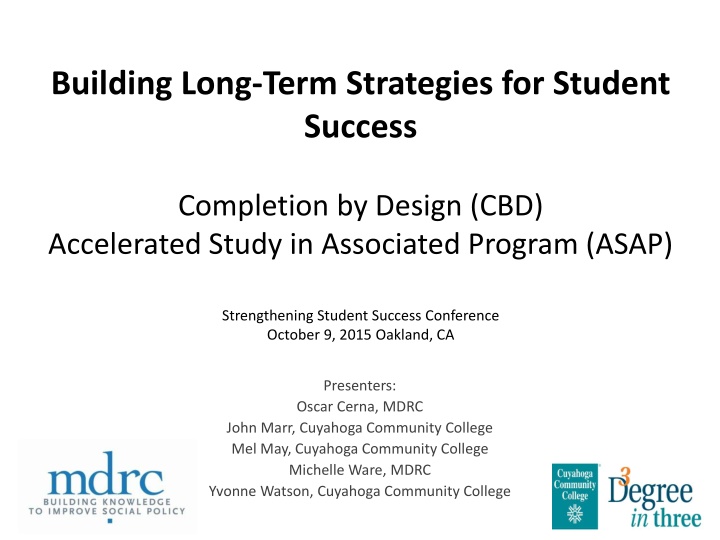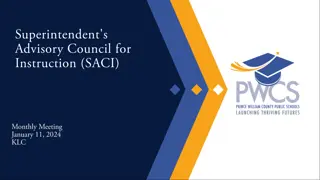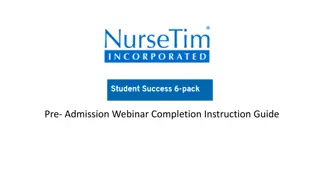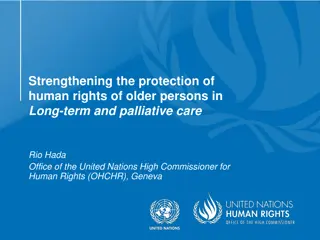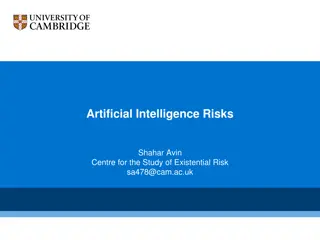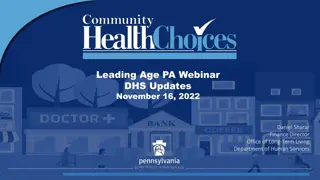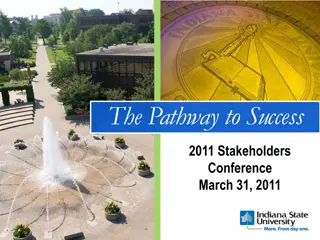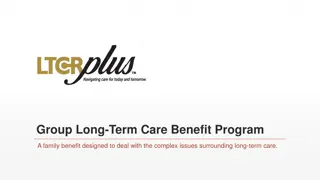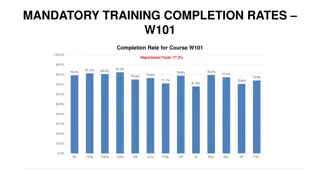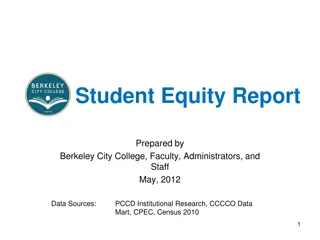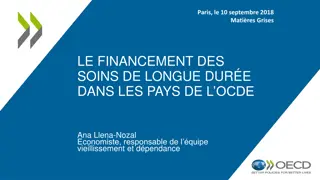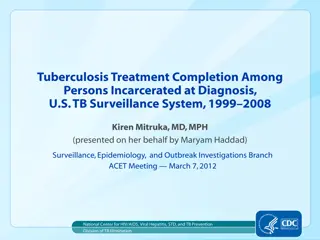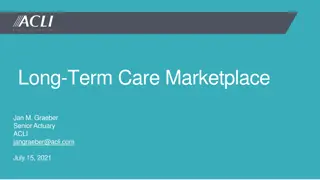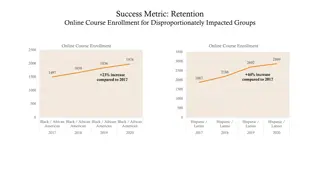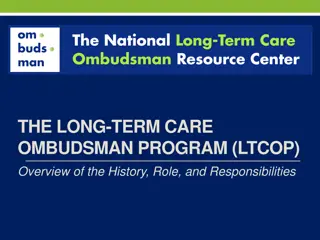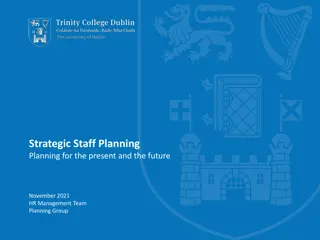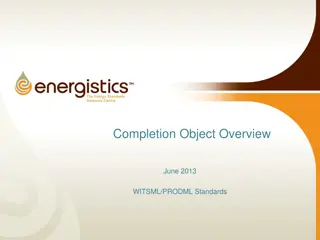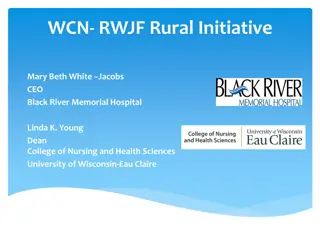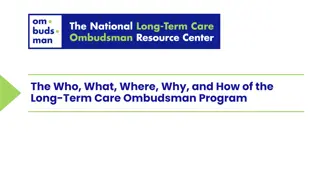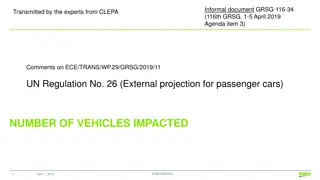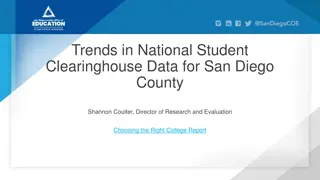Long-Term Strategies for Student Success: Completion by Design Conference Highlights
This summary covers the insights shared at the Strengthening Student Success Conference on long-term strategies for student success, featuring pathways redesign, career-based paths, tough discussions, and consideration of student needs.
Download Presentation

Please find below an Image/Link to download the presentation.
The content on the website is provided AS IS for your information and personal use only. It may not be sold, licensed, or shared on other websites without obtaining consent from the author.If you encounter any issues during the download, it is possible that the publisher has removed the file from their server.
You are allowed to download the files provided on this website for personal or commercial use, subject to the condition that they are used lawfully. All files are the property of their respective owners.
The content on the website is provided AS IS for your information and personal use only. It may not be sold, licensed, or shared on other websites without obtaining consent from the author.
E N D
Presentation Transcript
Building Long-Term Strategies for Student Success Completion by Design (CBD) Accelerated Study in Associated Program (ASAP) Strengthening Student Success Conference October 9, 2015 Oakland, CA Presenters: Oscar Cerna, MDRC John Marr, Cuyahoga Community College Mel May, Cuyahoga Community College Michelle Ware, MDRC Yvonne Watson, Cuyahoga Community College
Overview MDRC, postsecondary research Completion By Design Study Pathways Redesign ASAP/ASAP-R Study Cuyahoga Community College ASAP program 2
Over 40 years of rigorous research in education and social policy YAPSE: Over 10 years of partnerships with CA community colleges and across the nation Reports and briefs always available at no cost: www.mdrc.org 3
Completion By Design Gates Foundation s five-year initiative for increasing completion and graduation Focus on institutional and systemic reforms New ways of doing business without more add-ons MDRC: case study of reforms at 5 CBD colleges Developmental education Advising Pathway redesigns 4
Pathway Redesign Process STEP 4 STEP 2 START HERE STEP 3 Redesigning academic program pathways: - tapered course sequences - balances options with focused paths [EXAMPLES: STACKED CERTIFICATES, TIERED ADVISING] 5
Lessons from the Pathway Redesign Development of similar career-based paths Pathways 6
Lessons from the Pathway Redesign Tough discussions, practical solutions Student Interests Data Flexible Structure 7
Lessons from the Pathway Redesign Consideration of multiple student needs 8
Lessons from the Pathway Redesign Required input from advising/student services 9
Completion By Design (CBD) vs. Accelerated Studies in Associate Programs (ASAP) Comprehensive, well coordinated support services on the degree pathway Why ASAP? 10 10
ASAP ALMOST DOUBLED GRADUATION RATES MDRC evaluated original ASAP model 40.1 percent of program group earned a degree after three years, compared with 21.8 percent of control group Biggest increase in graduation by far MDRC has found Model developed by The City University of New York (CUNY) 11
ASAP THEORY OF ACTION Remove financial barriers to full-time study Provide degree pathways and comprehensive, well- coordinated support services Establish clear expectations for all students Build community through early engagement and cohort model More fully engaged students who graduate in a timely manner CUNY Goal: At least 50% of students earn an Associate degree within three years 13
ASAPs Components Financial Supports Tuition Waiver MetroCards Textbooks Student Services Advising Tutoring Career Services Course Enrollment ASAP Seminar Block-Schedule Classes Winter/Summer enrollment Requirements / Messages Enroll Full-time Take Dev. Ed. Early, continuously Graduate in 3 Years 14
A Key Success Factor - Data Collecting and using data to manage and improve the program is essential 15
ASAP Replication in Ohio 3 community colleges replicating ASAP: Cincinnati State and Technical College Cuyahoga Community College Lorain County Community College Coordinating and other support from the Ohio Department of Higher Education Technical Assistance from CUNY and MDRC 16
What? Why? When? How? What do we know about Tri-C East students? Why do students come to Tri-C? When do students leave Tri-C? How can D3 make a difference based on the CUNY ASAP model? 17
Spring 2015 Pilot Study Preliminary Data The Future Looks Good! 18
Spring 2015 Pilot Study Preliminary Data The Future Looks Good! 19
Spring 2015 Pilot Study Preliminary Data The Future Looks Good! 20
The Difference. Intrusive Advising Components CUNY Docs Model for D3 Intake form (history) Advising Required 2 appointments per month 30 minute appointment session / 45 minute 1 hour General student population access advising services on their own or not at all Mandatory tutoring D3 Hold Code Manage registration activity Referrals to Counseling and/or Campus Psychologists Barriers to success Stephen Covey seek to understand then to be understood begin with the end in mind Data Management - What does the data tell us? RAF-up 21
Pilot Study Lessons Learned MDRC and CUNY check-in calls Planning and Implementation Team Involvement Institutional reflection Challenge in culture Faculty engagement 22
ASAP Replication: Whats Next Ohio Track academic outcomes for 3 years Release findings as they become available, beginning in 2016 Nationwide MDRC & CUNY are partnering on a broader effort to disseminate information about ASAP and its success Interested in helping additional states and colleges replicate ASAP 23
Questions and Discussion Why ASAP worked (let s speculate) How could an ASAP Program work on your campus? What opportunities exist? What elements are already in place? What are the challenges? 24
More Information CBD - http://www.completionbydesign.org Pathways Analysis Toolkit See www.mdrc.org for MDRC reports from the CBD and ASAP evaluations 25
Contact Information John Marr Oscar Cerna Oscar.Cerna@mdrc.org John.Marr@Tri-C.edu Mel May Michelle Ware Michelle.Ware@mdrc.org Mel.May@Tri-C.edu Yvonne Watson Yvonne.Watson@Tri-C.edu 26
